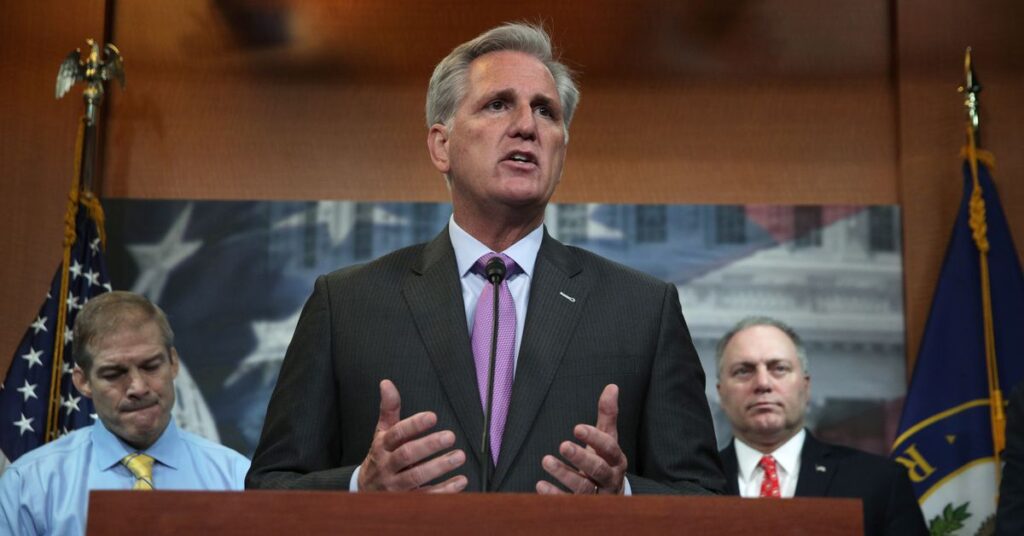Over the past decade, the United States has gone through a series of standoffs over the federal budget and the debt limit with an ever-changing cast of characters. Starting from the original 2011 version, starring Barack Obama as the beleaguered Democratic president and John Boehner as the embattled Republican Speaker of the House, these fights have become a feature of American politics. The cast changes, as do some plot details, but, like the Fast & Furious franchise, the same basic formula remains.
This year is the reboot with a new set of main protagonists. Joe Biden is in the role of the beleaguered Democratic president and Kevin McCarthy is the embattled Republican Speaker of the House. But while casual viewers may think other elements of the story have remained otherwise stable, they haven’t. After all, this is Washington, not Hollywood, and the various events that have shaped the underlying political dynamics over the past few years could not be scripted in any writers room — like McCarthy’s 15-ballot battle to become speaker, let alone the January 6, 2021, attack on the Capitol. McCarthy is now trying to steer House Republicans toward a deal with a narrow five-vote majority and a deeply factionalized conference that in some ways bears a greater resemblance to a parliamentary coalition than the type of solid majorities that speakers traditionally command.
One of the ways in which McCarthy manages his fractious coalition is through meetings of what has come to be referred to on Capitol Hill as “the five families,” a reference to the Mafia clans that once dominated organized crime in metro New York. Every week, the leaders of five factions within the Republican conference meet in McCarthy’s office to hash out upcoming issues. They are Rep. Brian Fitzpatrick (R-PA) of the Problem Solvers Caucus, Rep. David Joyce (R-OH) of the Republican Governance Group, Rep. Dusty Johnson (R-SD) of the Republican Main Street Caucus, Rep. Kevin Hearn (R-OK)…
Read the full article here





